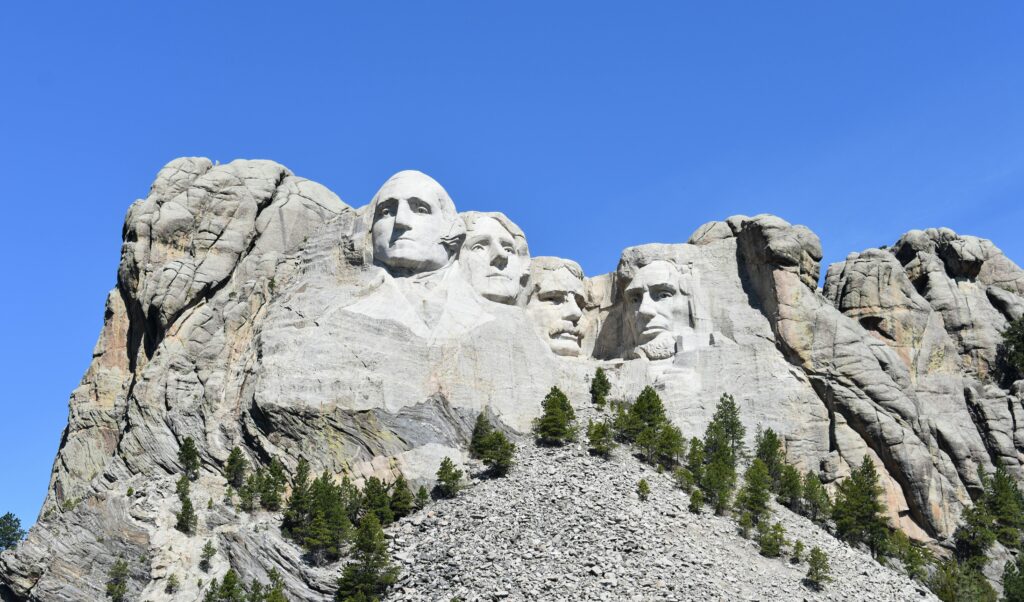
Queer-Friendly South Dakota? Yes, It Exists!
I didn’t expect to find a lot of queerness in conservative South Dakota, a state known for targeting LGBTQIA+ rights, women’s reproductive freedoms, and other civil liberties. Yet Rapid City surprised me with a small but vibrant pocket of inclusivity.
It began with my Uber from the airport. The driver, chatty and candid, told me about a decades-long relationship that recently soured. “Are gay relationships less complicated?” she then asked. “Sorry if I’m assuming.”
“Assuming I’m gay (pretty sure my Tori Amos shirt and rainbow luggage tag gave it away)—or that I have an easy love life?” I teased. We laughed. I explained that queer relationships are just as messy as straight ones. She wanted to hear more, but the next passenger was already waiting.
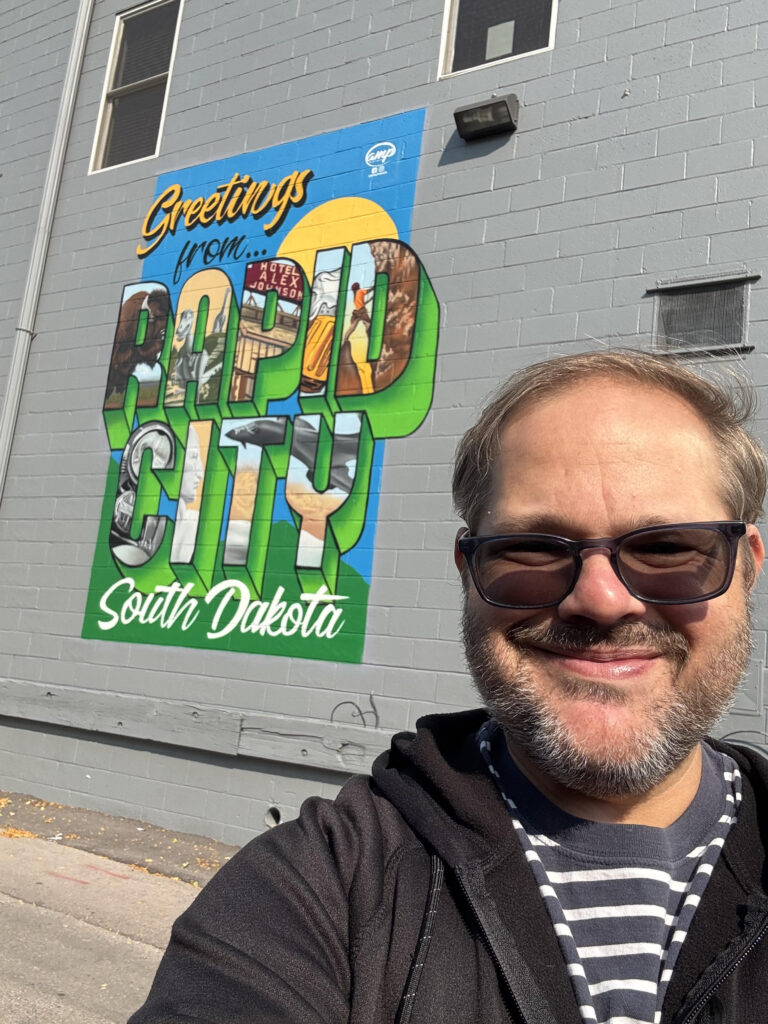
I checked into the Hotel Alex Johnson, a supposedly haunted landmark with LGBTQ+ staff. Surrounded by ghosts and fellow queer people, I felt at home. After a quick refresh and a little spirit hunting, I headed to Murphy’s Pub and Grill for lunch. The place had a Cheers-like vibe, and I opted for a seat at the bar. Hipsters, truckers, and Trumpsters mingled together, but I didn’t feel unsafe or uneasy.
I asked the bartender if the pub considered itself LGBTQ+-friendly. “All are welcome here,” they said. “Rapid City is a live-and-let-live kind of place.” They went on to explain that the city hosted its first Pride in 2024, organized by The Black Hills Center for Equality, and that 2025 had seen an even bigger celebration.
Next, I visited the Dahl Arts Center, a venue for contemporary visual arts, arts education, and performing arts. The staff shared that they host numerous queer-inclusive programs year-round, including a Gender Expansive Artistry youth class and Pride Prom. I wasn’t surprised that an arts center would be inclusive, but I loved hearing this nonetheless.
Then came Mitzi’s Bookstore. Whenever I’m asked how to tell if a town is queer-welcoming, my answer is always the same: find the bookstore; you can tell a lot about a town or city based on what’s on a bookstore’s shelves and community boards. Mitzi’s had a grand staircase, cozy nooks, and a diverse selection of books. I may be biased—since I even spotted my own book, Out in the World—but the staff’s description of the store as “a place for everyone” felt genuine.
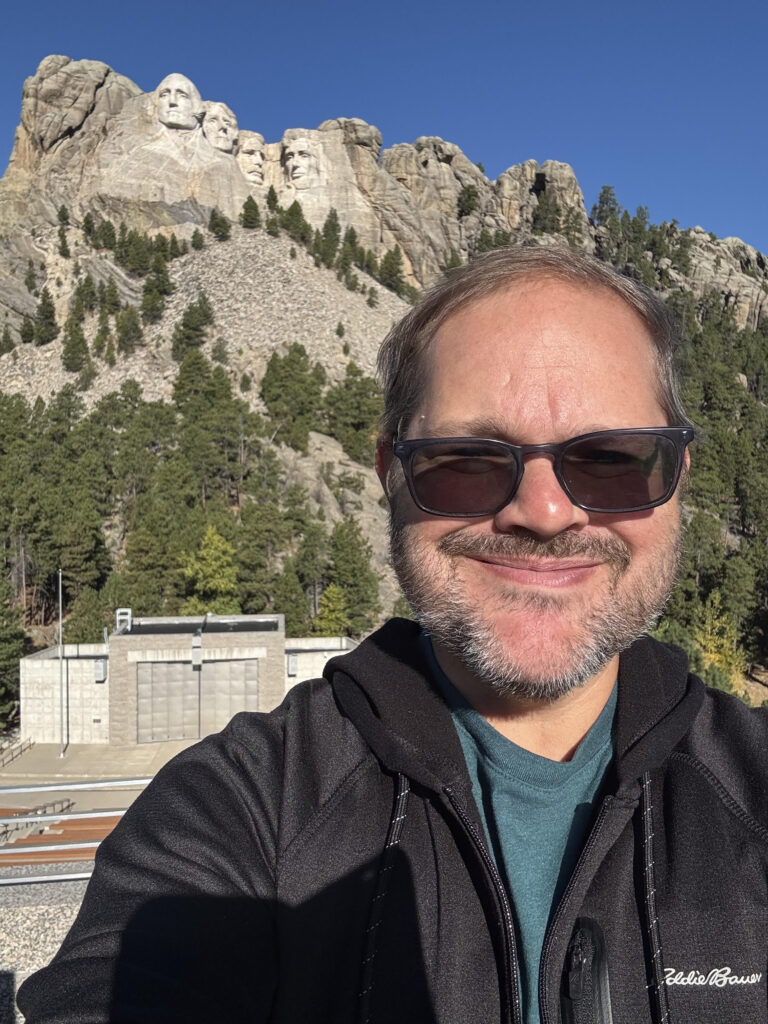
Later, I explored the Journey Museum, which traces three billion years of Black Hills history—from geology and Native American culture to pioneer life and the present day. Then, I brushed up on U.S. history along the “City of Presidents,” a downtown trail featuring life-sized bronze statues with audio guides sharing each leader’s story. Neither of these activities was especially queer, except for maybe the statue of Abraham Lincoln. After recently seeing “Oh, Mary,” I can’t look at Abe the same way again.
I opted for dinner at the hotel’s rooftop restaurant, Juniper at Vertex Sky Bar. After indulging in a cheese and charcuterie board, I should have gone straight to bed, but the rooftop setting, complete with fire tables and sweeping city views, was too alluring.
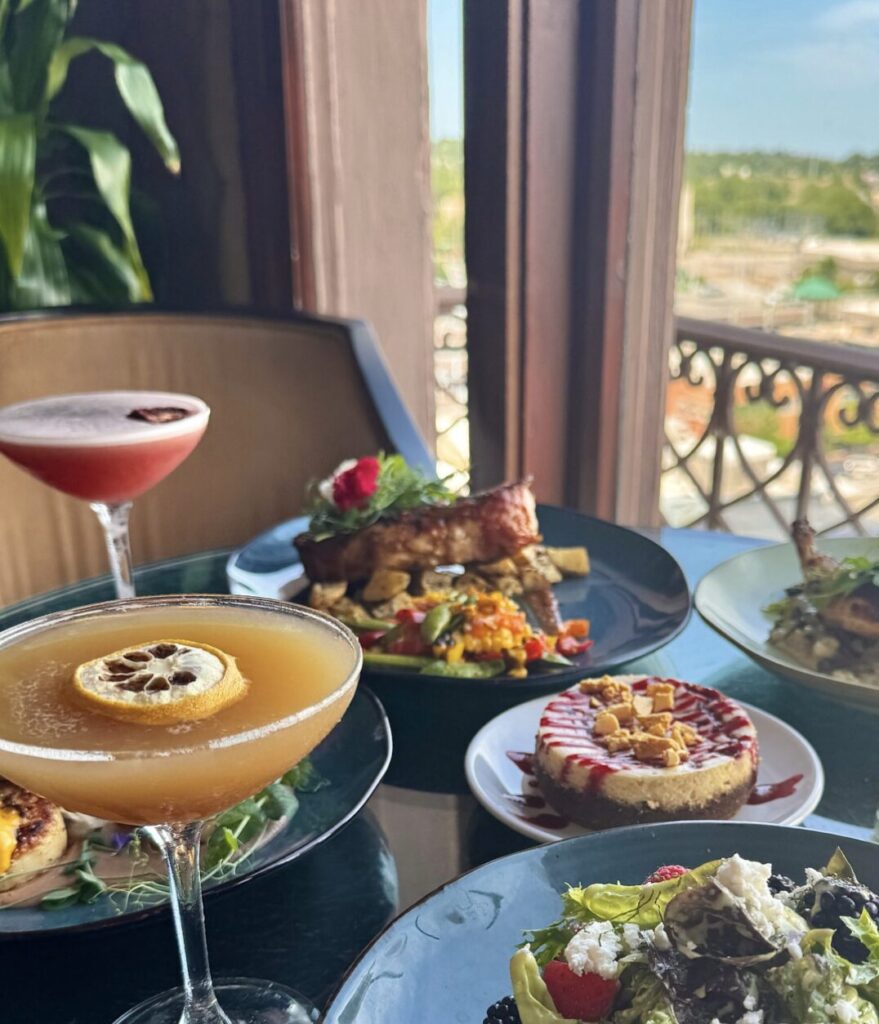
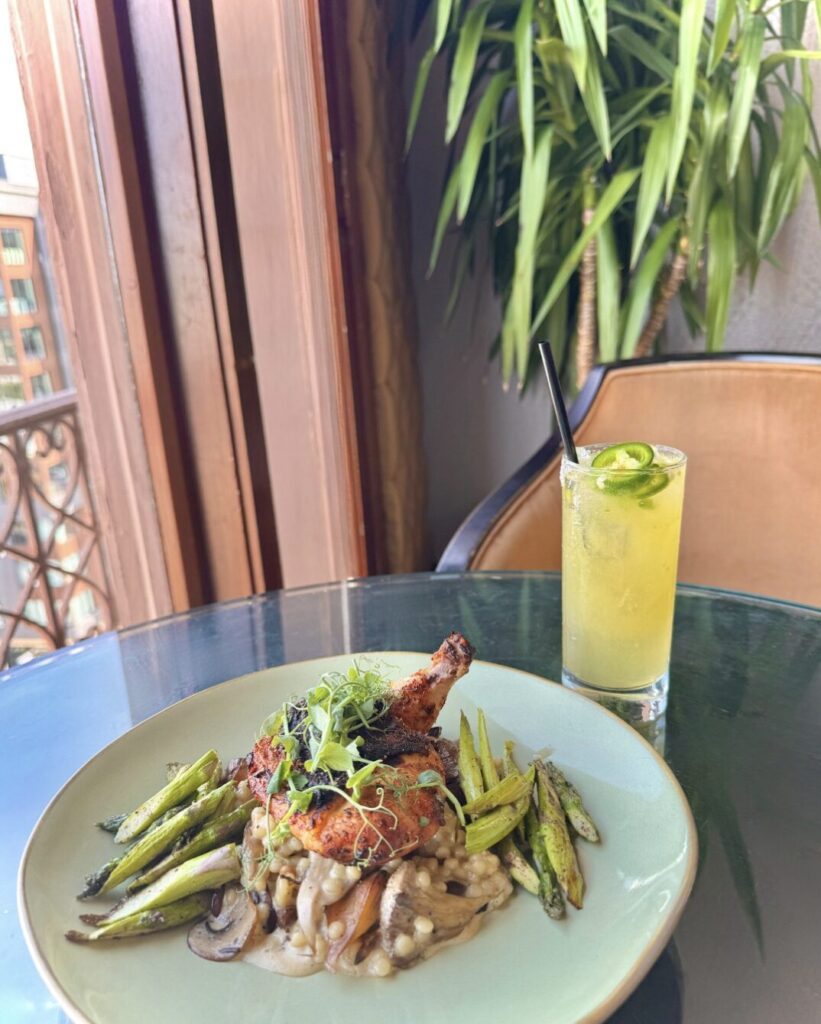
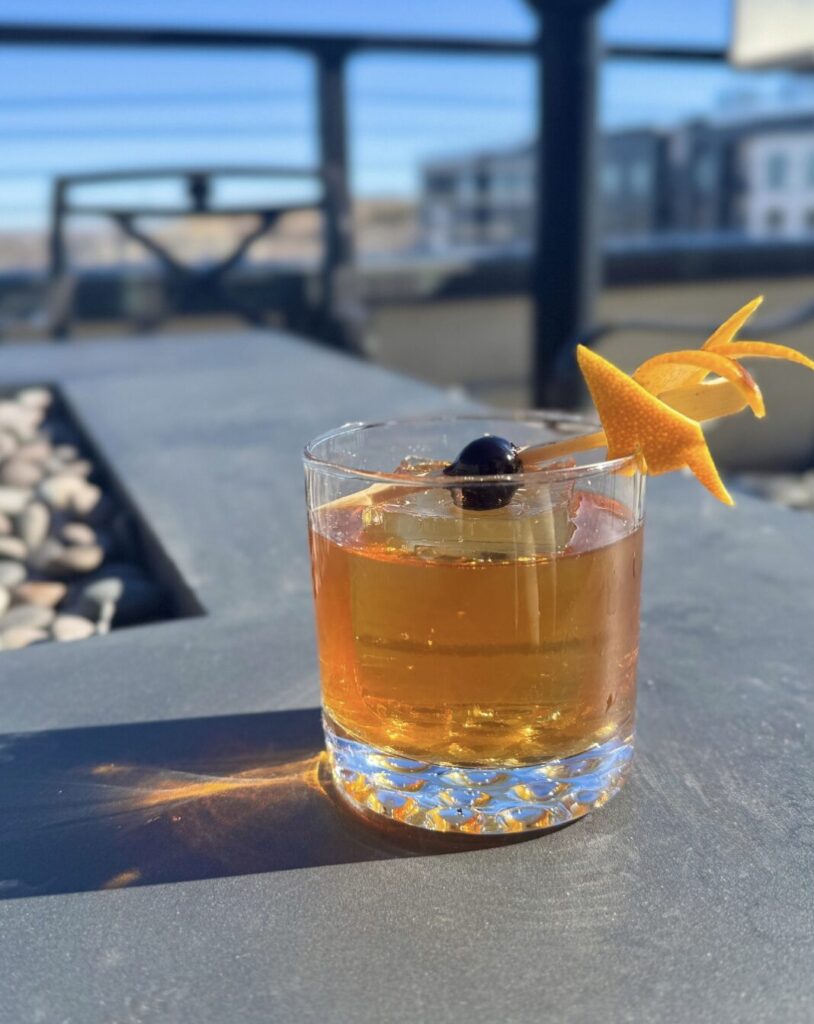
“Hey, Colin,” a voice called out. I ignored it at first, assuming it wasn’t for me. But the guy approached.
“Oh, you’re not Colin,” he said sheepishly.
“No, I’m Mark. But people call me the wrong name all the time,” I replied.
We struck up a conversation, and he invited me to join him, his partner, and friends at the Brass Rail Lounge, Rapid City’s unofficial queer bar. Back home in New York, I would have said no. Gone were the days when I barhopped with strangers, let alone went to bars very much at all. But here, if I were truly on a mission to find the queerness, I felt like I had to go. Plus, it was nice to be invited.
The Brass Rail was a dive, in the best possible way. Cheap beer, video poker, loud music, and kids with black hoodies and piercings who were barely 21 (more than half my age). It reminded me of the grunge bars I loved in the East Village in my 20s. I chatted with strangers about first crushes, coming out, travel, and Taylor. When I asked about being queer in Rapid City, most shrugged. “It’s not New York, but it’s what I know—and things have always been fine here,” one person said. By 1:30 a.m., I reminded myself of my early wake-up the next morning.
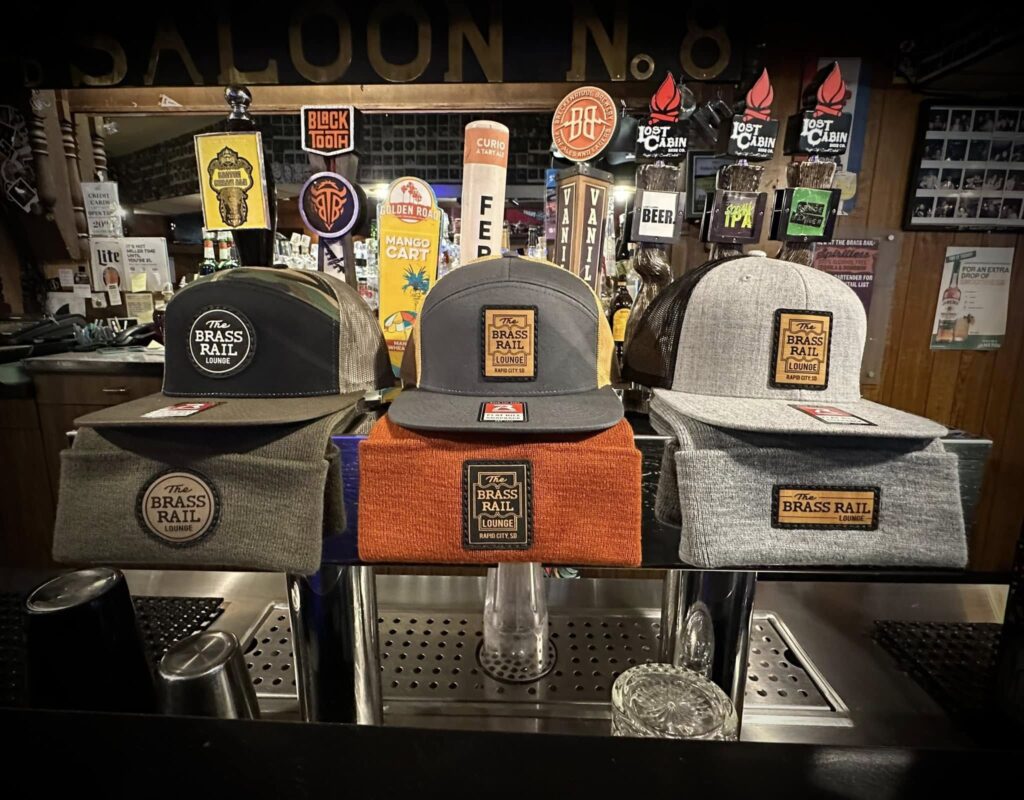
That was for a bus tour to Mount Rushmore, Crazy Horse Memorial, and Custer State Park. I didn’t love the idea of being stuck on a bus with strangers, but I hate driving and was terrified of the twisty lanes and tight tunnels of Needles Highway. I also fretted over how I might be treated outside of the city. I felt especially doomed when the driver had everyone go around and say something about themselves, and the typical response was something like, “Hi, I’m Martha, and I have four kids and twelve grandkids.”
When it was my turn, I mentioned my husband and two senior rescue dogs. A hush fell over the bus. I braced myself.
“That’s sweet,” said the woman across from me, who then offered candy.
“I’m not supposed to take candy from strangers,” I said.
“Darling, by the end of the day, we’re gonna be family,” she replied.
Once we reached the sites, I branched off to explore on my own. Mount Rushmore wasn’t exactly my scene, but the craftsmanship was impressive, and Needles Highway was spectacular from the passenger seat. By the end of the tour, people were more appalled that I opted to dine alone (a boy needs his peace) than my sexuality. One of my new “family” members insisted on driving me back to my hotel.
I spent the rest of my trip eating my way through Rapid City, including stops at Ugly Graffiti, Bokujo Ramen, Tally’s Silver Spoon, The Sour, and Aby’s—and met more queer locals along the way. “There’s still work to be done, but we’re making a lot of progress,” a server told me.
While I encourage queer travelers to make their own choices about visiting a red state, spending a few days in Rapid City did make it clear that, yes, queer-friendly South Dakota does exist.
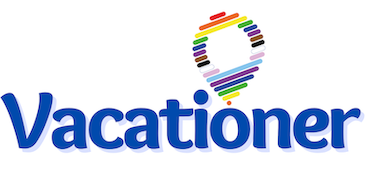
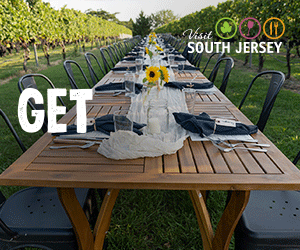



Comments are closed.